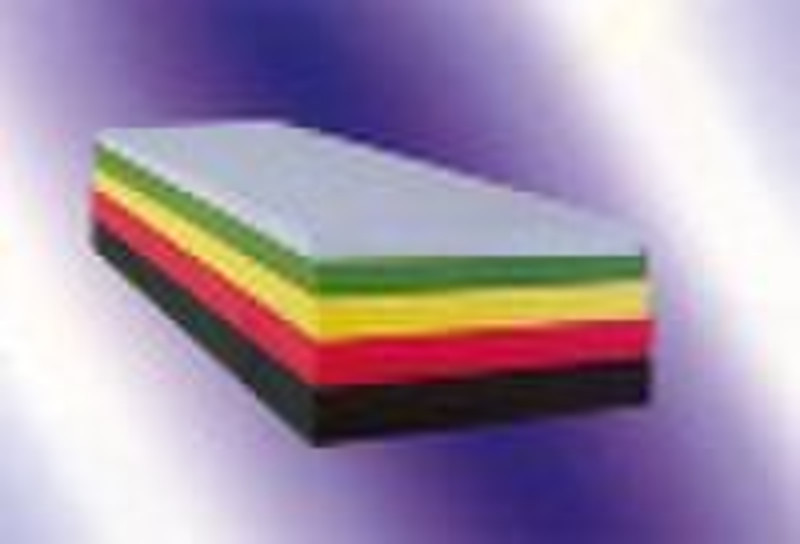Catalog
-
Catalog
- Agriculture
- Apparel
- Automobiles & Motorcycles
- Beauty & Personal Care
- Business Services
- Chemicals
- Construction & Real Estate
- Consumer Electronics
- Electrical Equipment & Supplies
- Electronic Components & Supplies
- Energy
- Environment
- Excess Inventory
- Fashion Accessories
- Food & Beverage
- Furniture
- Gifts & Crafts
- Hardware
- Health & Medical
- Home & Garden
- Home Appliances
- Lights & Lighting
- Luggage, Bags & Cases
- Machinery, Hardware & Tools
- Measurement & Analysis Instruments
- Mechanical Parts & Fabrication Services
- Minerals & Metallurgy
- Office & School Supplies
- Packaging & Printing
- Rubber & Plastics
- Security & Protection
- Service Equipment
- Shoes & Accessories
- Sports & Entertainment
- Telecommunications
- Textiles & Leather Products
- Timepieces, Jewelry, Eyewear
- Tools
- Toys & Hobbies
- Transportation
Filters
Search

insulation materials: XPS

Belinda Zhang
Contact person
Basic Information
| Place of Origin | Hebei China (Mainland) |
|---|---|
| Brand Name | Kingflex |
| Model Number | XPS |
insulation materials: XPS The role of insulation Better insulation of buildings is a profitable way to reduce the CO2 emissions. it is a low hanging fruit in combating climate change. Millions of tonnes of CO2 and fossil fuel can be saved by insulating our buildings. Rock Wool, as the name suggests resembles wool but is made from a rock. The Rock Fiber is made from selected minerals by melting them at 1500 ºC and by spinning this melt to very fine fibers. The fibers are then stitched bonded together with selected binders to form a variety of products. Rock Wool products are produced in various shapes, thickness and densities and with different facings to suit particular requirements. USES OF ROCK WOOL Rock Wool products cover the temperature range from -250 ºC to + 800 ºC. Due to it's wide range of products and excellent insulating, fire resisting and sound absorbing properties Rock Wool is widely used in industrial plants, building construction, air conditioning and vehicle industry. Use of Rock Wool, however is most recommended for high temperature applications of the type found in the industrial plants. Features of Rock wool Fireproofing Rockwool insulation means in-built fire protection Fire safety requirements are based on life safety, means of escape, inhibiting the spread of fire both internally and from one building to another, ensuring the stability of buildings and adequate access for fire-fighters to save lives in and around buildings. Soundproofing Rockwool stone wool has an open fibrous structure making it ideal for absorbing and regulating noise. Rockwool products reduce ear-deafening noise from machines or the activities of people, and provide ambient situations that allow normal conversation. Sustainability In its lifetime a typical Rockwool insulation product saves more than 100 times the energy invested in its manufacture, transport and disposal. By burning less fossil fuels for our homes and workplaces, less air pollutants such as CO2, SO2, NOx are emitted. Thermal Stone wool maintainsthe indoor climate of buildings leading to reduction in energy use for heating and cooling. This balancing effect reduces CO2, environmental impact and results in cost savings for the building owner.
Delivery terms and packaging
Port: Xingang
Payment term
Letter of credit
Telegraphic transfer
-
Payment Methods
We accept:








